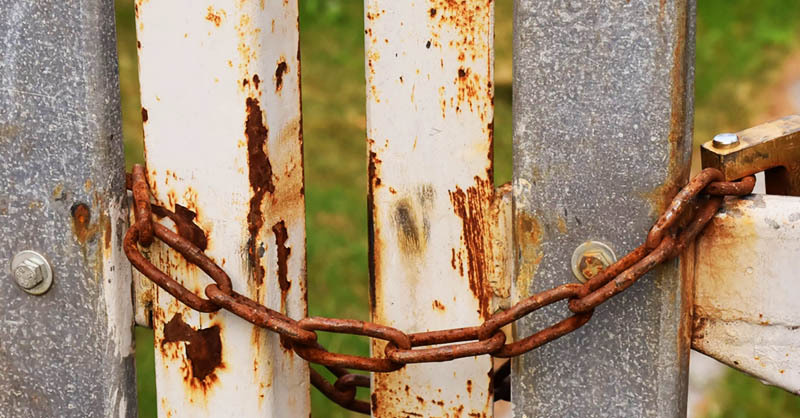
- Why are they needed?
- Classification
- Connection order
- Can I save on installation?
The siphon for the washing machine is a device for connecting the drain hose and sewage. The right choice and connection of equipment allows you to extend the working life of household appliances and sewage pipes. The article is devoted to questions: what kind of siphons are, how to choose and connect the device correctly.
to the contents ↑Why are they needed?
The main purpose of the device - to create an obstacle to penetration into the apartment of unpleasant "sewer" smells. The equipment creates a water trap between the sewage system and the household appliance. In addition, the siphon for the washing machine performs the following tasks:
- Prevention of clogging of sewerage with small debris particles, which are many in things loaded into the "washer".
- Reduces the load on the pump, by reducing the length of the drain hose, eliminating its kinks.
Classification
The following types of equipment are distinguished:
- Standard siphon for sink with tap for washing machine. This is a device that is installed under a sink or bathtub. The device, in addition to the drain from the plumbing, has an additional tap to connect items of household equipment.
- "Cuff".The device is a valve made of rubber, which is inserted into the sewer pipe. The drain hose from the "stylalki" serves as a water seal.
- Siphon for washing machine outdoor, specialized. It is installed specially for household appliances. The downside of it is the large size, because of what you can not push the car closer to the wall.
- Internal( hidden).Compact device that is mounted inside the wall. When using it, you can put the equipment directly near the wall.
Important! According to experts, the best option is to use a standard device with an additional tap or a compact hidden siphon for a washing machine.
Using the built-in equipment allows you to move equipment from one place to another. Since the place of installation of the device is decorated with a special lid, the interior will not be affected at all. 
Important! A new kind of siphons that are used to connect additional equipment are devices equipped with a non-return valve. The role of the valve is played by a plastic ball filled with air. The non-return valve prevents penetration of the drainage liquid into the washing machine, which allows to extend the service life of the equipment.
Materials for the manufacture of
The following materials are used for the manufacture of siphon parts:
- Cast iron. This material is used only for standard cast iron baths. It is very difficult to connect modern plumbing with this siphon. Brass, copper. Copper and brass hydroslazers - strong, durable, do not need maintenance, are well cleaned, have an aesthetic appearance. Their only drawback is the relatively high cost.
- Plastic. Of all the materials used to make siphons, this is the most popular. Wide use is due to the fact that with good strength characteristics, plastic is available at a price.
How to connect
Consider how to connect the water closures of the most common models to a washing machine and a dishwasher.
Standard siphon with a tap for the washing machine
The installation procedure is as follows:
- Assembling the basic parts. In the complete set with the product there is an instruction, following which it is possible to assemble components in a single whole.
- Mount the device on a sink or washbasin. It is necessary to pre-treat the drain hole with a sealant, so that a durable joint is obtained. Secure the device with a special bolt.
- Plumbing connection to sewage pipe. To do this, simply insert the drain hose into the sewer. To seal the joint use a rubber gasket or sealant.
- Connecting the drain hose that is available on the washing machine. The connection is made using a crimping ring. Do not bend the hose. If the drain hose has insufficient length, then it is possible to increase it. But this can be done only as a last resort, because the operation of the drain pump will be difficult.
Important! Before using the equipment, it is necessary to check the tightness of the joints, draw water into the machine and turn on the draining mode.
We install the external siphon for the washing machine
The advantage of outdoor equipment is the ease of installation. The procedure is as follows:
- Selects the mounting location. It is necessary to take into account that the installation height of the siphon for the washing machine is not too large. The optimal distance from the floor is 500 mm. You can not mount the device directly over household appliances.
- Connection of the equipment to the sewage system is carried out with the use of a sealant or rubber gasket.
- A crimp sleeve is used to connect the drain hose to the inlet pipe.
Built-in equipment: mounting order
The main disadvantage of this method is the need to equip a special niche in the wall. The installation algorithm is as follows:
- Choose the location for the installation of equipment.
- Using a drill or perforator, make a niche, the dimensions of which exceed the dimensions of the siphon by 30-50 mm.
- Installation of equipment in a niche with the subsequent connection of a siphon, in accordance with the instruction. Before operating, do not forget to check the tightness of the connections.
- Putty left space in the niche, installation of the decor.
Important! Built-in siphon for a washing machine - the best option for the arrangement of hidden wiring water and sewage pipes.
Connection features of
In the vast majority of cases, the connection of the "stiralki" to the siphon does not cause any difficulties. Most often, the connection is made by pulling the drain hose onto the bell. Sometimes a union nut is used. However, to properly connect the equipment you need to comply with a number of rules, the neglect of which threatens premature failure of household appliances:
- The correct choice of height for connecting the drain. If it exceeds 0.8 m from the floor, the pump will experience overloads, which can lead to its breakdown.
- Length of hose for draining. Hose build-up is undesirable, as this entails an additional load on the pump. A more preferable option is a gasket to the machine of a thin( 32 mm in diameter) sewer pipe. If the hose, on the contrary, is too long, it should be fixed on the wall, while ensuring the slope necessary for unimpeded drainage.
How to connect the supply and discharge system for the washing machine:
- The pipe used to supply water to the washer is fed to any location that is convenient for the tapping. At the selected location, a compression shut-off valve is installed, to which a water hose from the washing machine is connected.
- The hose intended for draining is connected to a sewer pipe. The drain from the washing machine is formed by a pipe in 40 mm diameter and a siphon, which are connected together.
- It is useful to purchase a set for the washing machine, complete, in addition to the pipe and siphon for the washing machine, fasteners.
- It is necessary to carefully study the requirements that are imposed on the arrangement of the discharge pipe. If such requirements are not specified, it is recommended that you follow the general rules. The height of the open upper pipe end is 0.5-0.6 m from the floor. The slope of the pipe to the sewer pipe should be 2 cm per meter of pipe.
Important! When connecting the discharge hose from the washing device to the nozzle under the sink, the check valve must be installed.
to the contents ↑Can I save on installation?
It turns out that this option is possible. A hydraulic seal can be created using a flexible hose that is designed to connect the washing machine to the sewage system. The hose is placed in such a way that it forms a bend in the lower part. It is in this bend that the water needed to build a water seal will accumulate.
This design is economical, but has a number of drawbacks:
- The pump load is increased due to the increase in the output length.
- Difficulties with cleaning the structure - the need to remove the hose, and this is inconvenient.
The siphon for a washing machine is a useful device, and you do not need to save on its installation. Mounting it not only increases the operating life of the machine, but also eliminates the problems with sewer obstructions.



